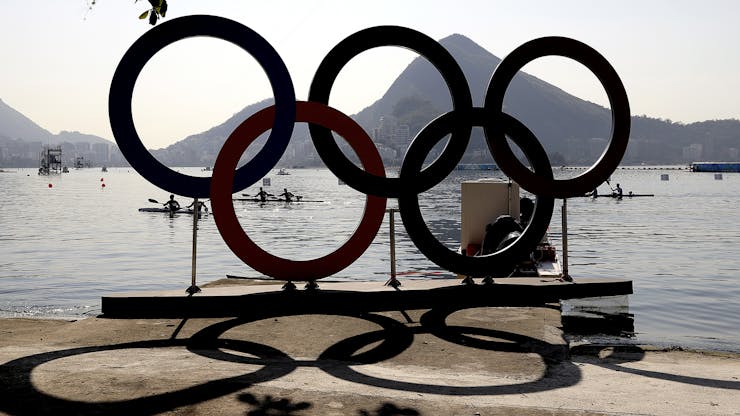Whether or not cannabis consumption should qualify as doping remains a controversial issue in the world of sports. For now, it’s one of the many substances classified as a performance-enhancing drug and barred by the World Anti-Doping Agency. But three years ago the agency raised its testing threshold for cannabis — a signal to some that shifting global opinions on cannabis have made an impact.
The World Anti-Doping Agency, or WADA, tests for a metabolized form of THC (THC-COOH). Before the change, the agency set the Olympic drug testing limit at 15 nanograms per milliliter of blood. That led to numerous failed tests and suspensions, as 15 ng THC-COOH can be detected days or even weeks after consuming a single joint. While WADA’s 2013 adjustment to the limit certainly hasn’t granted permission for athletes to consume at the Olympics, the new limit of 150 ng is a surprisingly reasonable change.
At the same time, the change lays bare the rather arbitrary legal limits on THC blood levels in other settings. Consider this: Whoever wins a gold medal in Rio today could be charged with driving under the influence tomorrow — whether in Germany, Canada, or even legal U.S. states.
In Germany, drivers are limited to 1 ng/ml of active THC — the lowest worldwide aside from zero. Officials also measure the metabolized form. Drivers whose blood contains more than 75 ng/ml of metabolites, even if they’ve never driven under the influence, are considered “regular users” under an often-cited University of Munich report. At 150 ng/ml, individuals are considered to have dependence behavior. Exceeding either level usually leads to a permanent withdrawal of one’s driver’s license and also triggers a medical-psychological report. Many experts doubt the validity of using metabolite levels to calculate frequency of consumption.
WADA itself doesn’t even measure active THC levels, and that can lead to curious results. I personally know of at least five cases where active THC levels were 7 ng or more while THC-COOH values remained under 75 ng.
It’s enough to make one wonder whether WADA’s changing rules are actually designed to turn a blind eye to increasing cannabis use. WADA officials have even added a margin of allowable error to the 150-ng limit, meaning Olympians can only expect consequences if the test at more than 175 ng/ml.
World athletics officials might be keeping prohibitionist politicians happy by continuing to ban cannabis, at least officially. But with the current limits, enforcing the ban doesn’t seem to be much of a priority.






